1. Voice-Activated Assistants
AI-powered voice recognition enables hands-free control of devices and access to information, empowering individuals with mobility or dexterity impairments to interact with technology effortlessly.
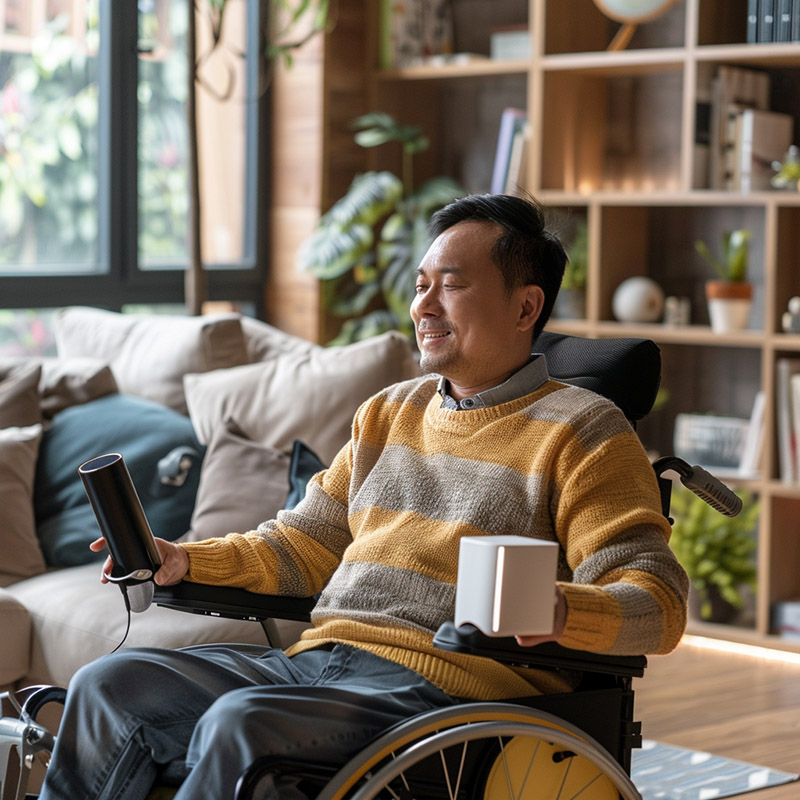
Everyday Tasks Before AI
Individuals with mobility or dexterity impairments often faced challenges in performing everyday tasks, such as controlling home appliances or accessing information on the internet, limiting their independence and quality of life.
Everyday Tasks After AI
AI-powered voice-activated assistants enable hands-free control over devices and easy access to digital information, significantly enhancing independence for those with physical limitations. This technology transforms daily life, making it more accessible and empowering individuals to perform tasks without assistance.
2. Customized Learning Platforms
AI tailors educational content and interfaces to meet the unique needs of learners with disabilities, offering adaptive learning paths that accommodate various learning styles and challenges.
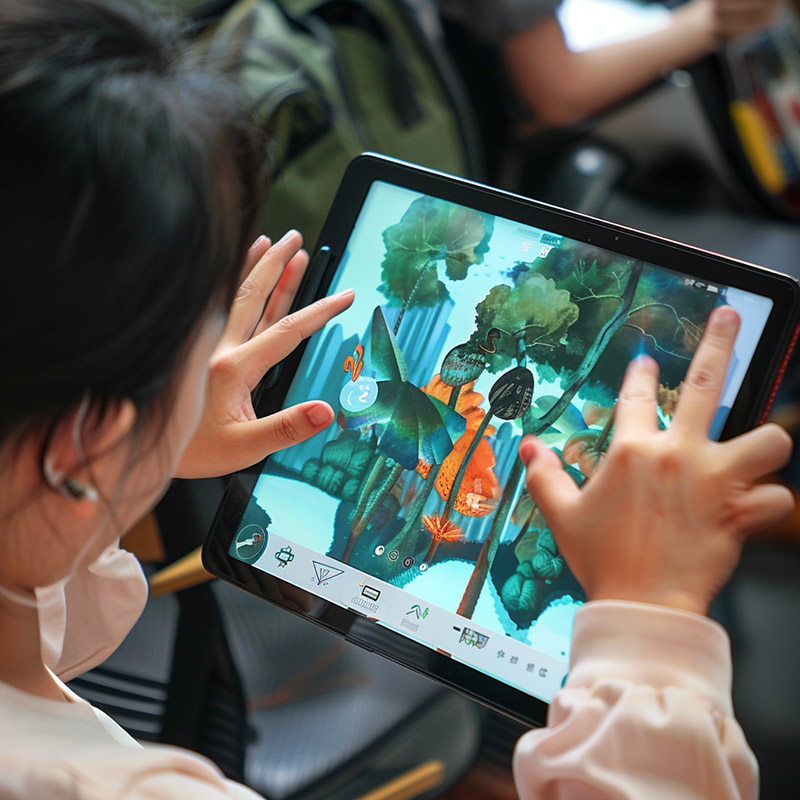
Learning Before AI
Traditional educational content and delivery methods did not adequately accommodate the diverse needs of learners with disabilities, often leaving them at a disadvantage and hindering their academic progress.
Learning After AI
AI-driven customized learning platforms adapt educational content to match the individual learning styles and needs of students with disabilities, ensuring that everyone has access to an equitable learning experience. This personalization helps overcome barriers, fostering an inclusive educational environment where all students can thrive.
3. Smart Prosthetics
AI-driven prosthetic limbs adapt to users' movements and intentions in real-time, providing more natural and intuitive control, significantly enhancing mobility and independence for amputees.
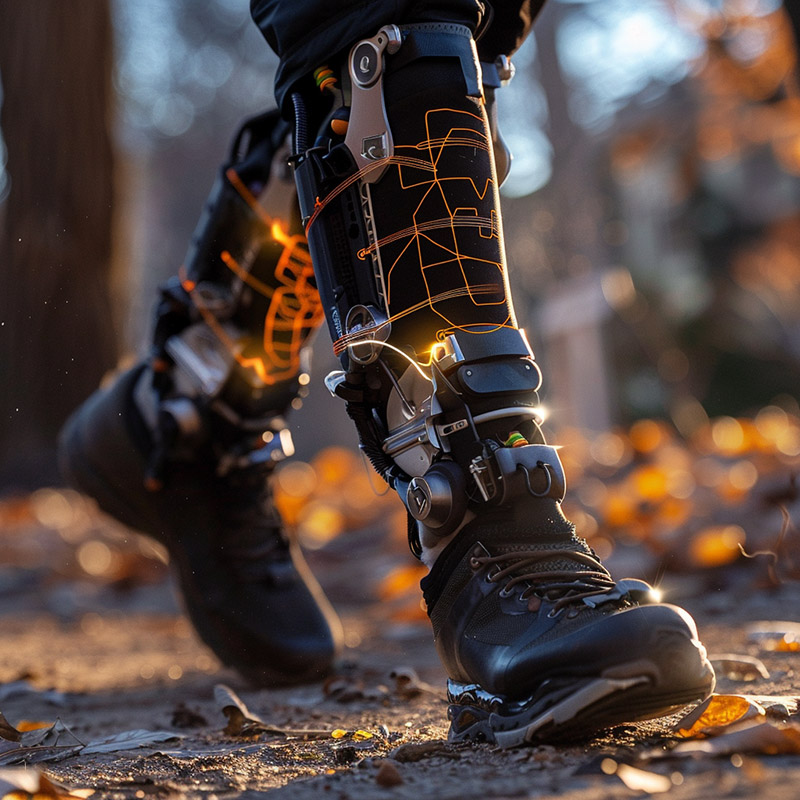
Prosthetics Before AI
Prosthetic limbs were static and lacked the ability to adapt to the wearer's movements, resulting in a less natural and sometimes cumbersome experience for amputees.
Prosthetics After AI
With AI-powered smart prosthetics, individuals experience a new level of mobility and freedom. These advanced prosthetics adjust in real-time to the user's movements, mimicking natural motion and significantly improving the wearer's quality of life and ease of movement.
4. Real-Time Captioning and Sign Language Interpretation
AI technologies convert spoken language into text or sign language instantly, ensuring that deaf or hard-of-hearing individuals can easily access information and communicate.
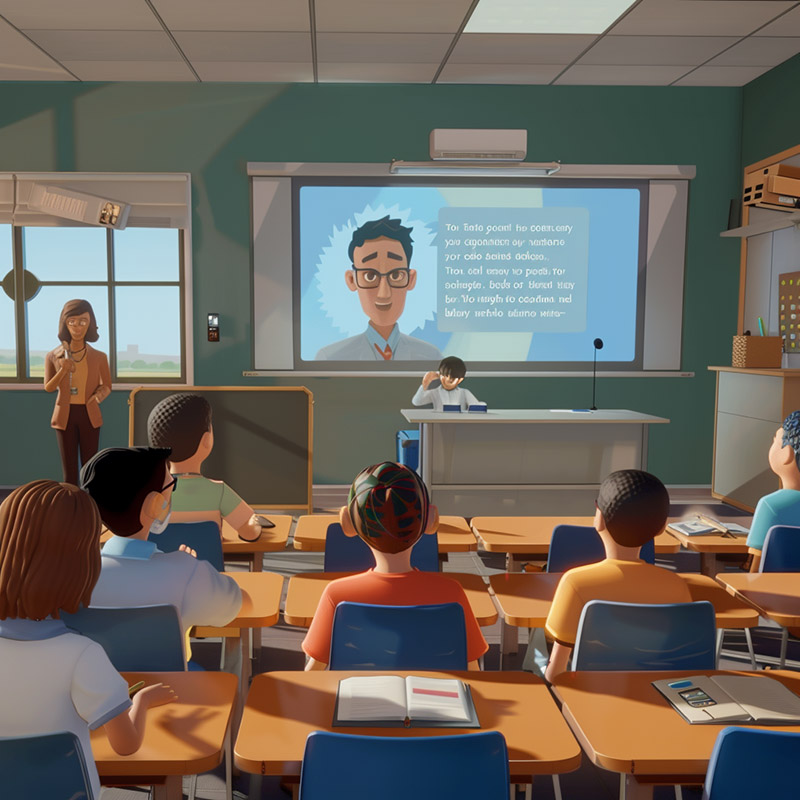
Interpretation Before AI
Deaf and hard-of-hearing individuals often struggled to access information and participate in conversations due to the lack of immediate translation or captioning, isolating them in both educational and social settings.
Interpretation After AI
AI-enabled real-time captioning and sign language interpretation bridge communication gaps, ensuring that deaf and hard-of-hearing individuals can fully engage with spoken content. This technology fosters inclusivity, allowing everyone to participate in conversations, lectures, and media consumption.
5. Visual Recognition Systems
AI-powered visual recognition technologies assist visually impaired individuals by describing their surroundings, reading text aloud, and identifying objects or people, enhancing their understanding and navigation of the environment.
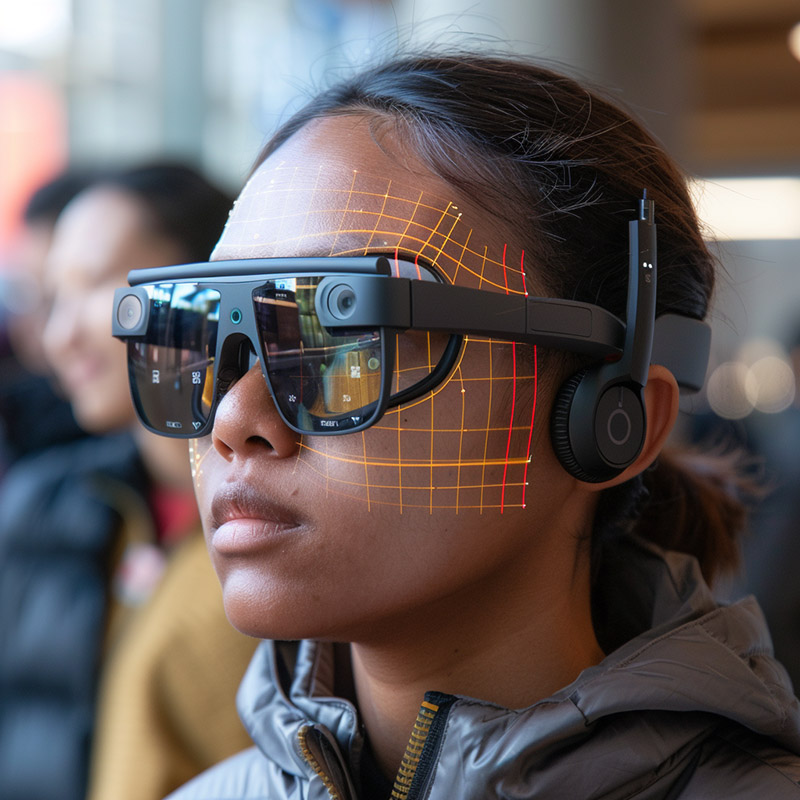
Local Navigation Before AI
Navigating the environment and accessing information posed significant challenges for visually impaired individuals, limiting their independence and interaction with their surroundings.
Local Navigation After AI
AI-powered visual recognition systems provide audio descriptions of the environment, identify objects, and read text aloud, greatly enhancing the autonomy and situational awareness of visually impaired users. This technology opens up new possibilities for interaction and exploration.
6. Mental Health Support
AI chatbots and virtual therapists provide mental health support, offering coping strategies and emotional support to individuals with mental health disabilities, ensuring accessible and stigma-free assistance.
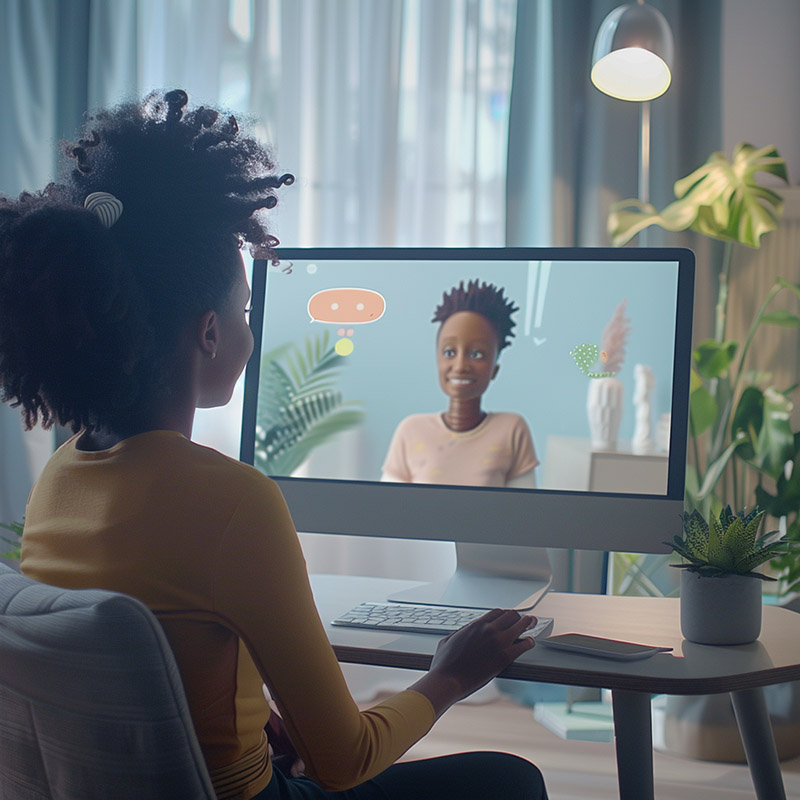
Counseling Before AI
Accessing mental health support was often challenging for individuals with disabilities, due to physical barriers, stigma, or a lack of tailored resources, exacerbating feelings of isolation and helplessness.
Counseling After AI
AI-powered mental health platforms offer accessible, personalized support, providing coping strategies and emotional assistance anytime and anywhere. This removes barriers to mental health care, offering a private and supportive space for individuals to seek help and improve their mental well-being.
7. Accessible Workplace Tools
AI-driven tools in the workplace, such as predictive text, speech-to-text transcription, and personalized interface adjustments, support employees with disabilities, promoting inclusivity and productivity.

Workplace Before AI
The workplace often presented numerous obstacles for employees with disabilities, from inaccessible information to communication barriers, hindering their productivity and career opportunities.
Workplace After AI
AI-driven accessible workplace tools, such as predictive text and speech-to-text transcription, create a more inclusive work environment. These advancements enable employees with disabilities to perform their jobs effectively, contributing to a diverse and productive workforce.
8. Autonomous Vehicles
AI technologies in autonomous vehicles offer the promise of safe and reliable transportation for individuals with disabilities that prevent them from driving, increasing their independence and mobility.
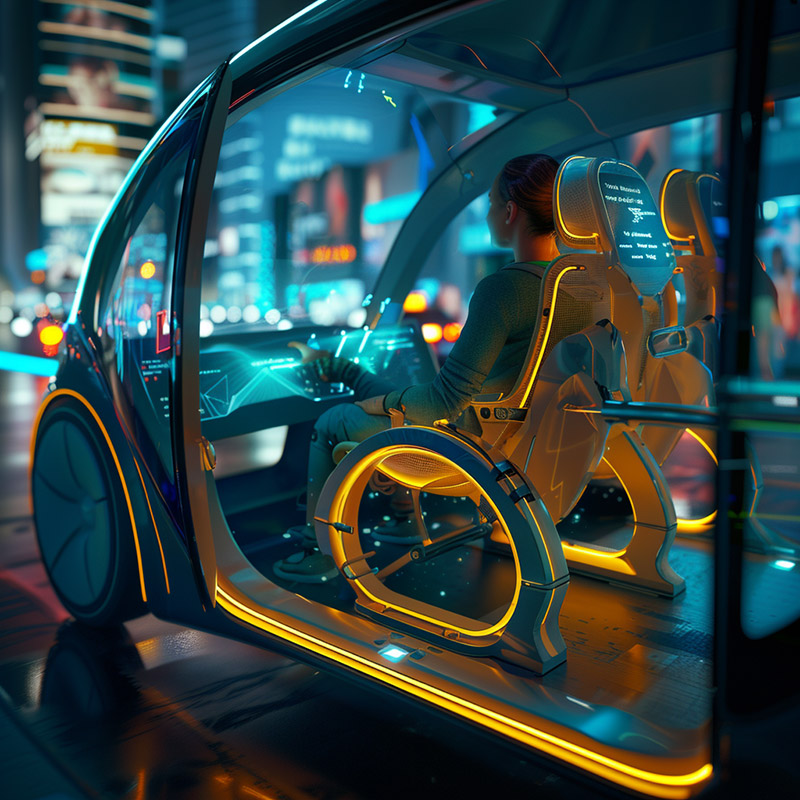
Transportation Before AI
Individuals with disabilities that prevent them from driving faced significant challenges in mobility and independence, relying on public transportation or the assistance of others for their travel needs.
Transportation After AI
The advent of AI-powered autonomous vehicles promises a future where individuals with disabilities can enjoy safe and reliable transportation on their terms. This technology has the potential to transform personal mobility, offering newfound independence and accessibility.
9. Personalized Physical Therapy
AI algorithms design personalized physical therapy and rehabilitation programs, adjusting exercises in real-time based on the user's progress, optimizing recovery outcomes for individuals with physical disabilities.
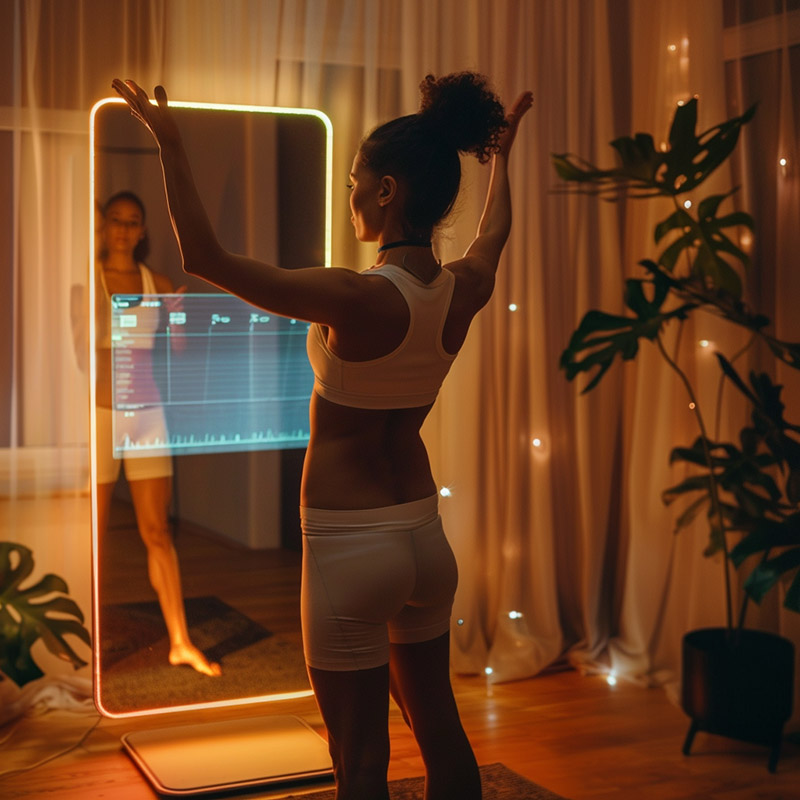
Rehabilitation Before AI
Physical therapy often followed a one-size-fits-all approach, which might not suit the specific needs or progress of individuals with disabilities, potentially slowing their rehabilitation.
Rehabilitation After AI
AI algorithms create personalized physical therapy programs that adjust exercises based on real-time feedback and progress, optimizing the rehabilitation process. This tailored approach ensures that individuals receive the most effective treatment, leading to better outcomes and faster recovery.
10. Navigation and Mobility Aids
AI-powered navigation aids provide real-time guidance and information to people with visual impairments or cognitive disabilities, helping them navigate public spaces safely and independently.

Mobility Before AI
Navigating public spaces and unfamiliar environments was daunting for people with visual impairments or cognitive disabilities, limiting their freedom and ability to explore independently.
Mobility After AI
AI-enhanced navigation and mobility aids provide real-time guidance and information, making public spaces more accessible and safe for individuals with disabilities. This technology empowers them to navigate the world with confidence, promoting autonomy and social inclusion.